Oak Ridge National Laboratory scientists participating in the AGU Fall Meeting 2020 are available for media interviews. Please contact Sara Shoemaker at 865.771.0286 or shoemakerms@ornl.gov for scheduling.
Colleen Iversen and Camille Defrenne
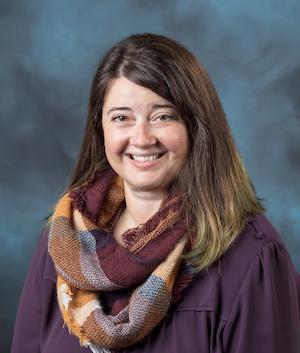
How Does Whole-Ecosystem Warming Alter Plant Fine-Root and Fungal Mycelium Dynamics in a Boreal Peat Bog?
We peered into the unseen belowground world of a peat bog using first of its kind, high-resolution imaging technology to capture the response of plant fine-root and their branching dynamics to elevated temperatures after 4 to 6 years of whole-ecosystem warming and exposure to elevated carbon dioxide concentrations. Experiments were performed at SPRUCE, an ecosystem manipulation experiment in peatlands in northern Minnesota.
Stan Wullschleger and Colleen Iversen
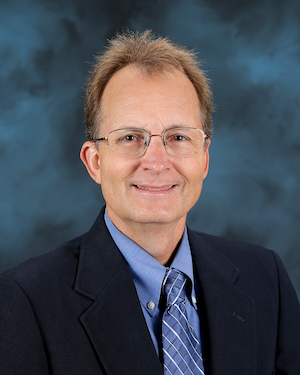
Creating a Safe, Secure, Open, and Inclusive Project: Lessons from NGEE Arctic
Some of the most scientifically exciting places are also some of the most difficult to study. The Arctic, for example, is rapidly changing, as evidenced by melting sea ice, thawing permafrost, disappearing glaciers and greening hillslopes. Increasingly, scientists from around the world and across a wide spectrum of disciplines are working together to advance our understanding of this vulnerable and globally important biome. As scientists become part of larger teams and join broader and more diverse scientific endeavors, they must all become leaders in creating cultures of safety, inclusion and trust. Stan Wullschleger and Colleen Iversen share lessons from a research team of 150 members from NGEE Arctic.
Forrest Hoffman
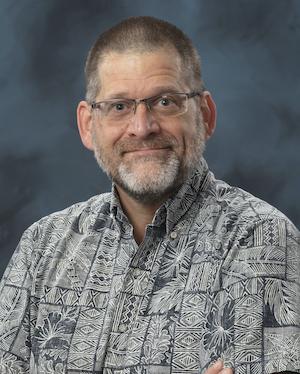
Have Land Surface and Carbon Cycle Processes in Earth System Models Improved Over Time?
We focus on integrated understanding of feedback mechanisms that improve Earth system predictability, methods for evaluating and benchmarking process representations in Earth system models, approaches for constraining future climate projections and novel applications of artificial intelligence and machine learning for improving predictive understanding of global biogeochemical cycles.
Verity Salmon
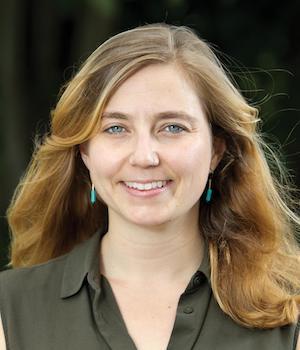
Nitrogen and Phosphorus Cycling in an Ombrotrophic Bog: A Foundation for Understanding Ecosystem Responses to Warming
We studied nitrogen and phosphorus nutrients in a forested bog dependent on atmospheric moisture for its nutrients to build N and P budgets under ambient conditions. We then used this framework as a foundation for understanding changes in the availability of soil inorganic N and P along a gradient of experimental warming, with measurements taken at the SPRUCE experiment. SPRUCE is an ecosystem manipulation experiment in peatlands in northern Minnesota.
Peter Thornton
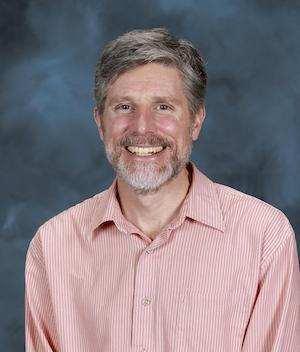
Earth system modeling, climate modeling
The Department of Energy’s Energy Exascale Earth System Model land model, or ELM, is an advanced community model for understanding how natural and human changes in terrestrial land surfaces will affect the climate. ELM simulates several terrestrial processes, such as land biogeophysics, the hydrologic cycle, biogeochemistry, and ecosystem dynamics. Thornton focuses on technical aspects of refactoring ELM software system to enable massively parallel, ultra-high resolution (1 kilometer by 1 kilometer) simulations on ORNL's Summit supercomputer, part of the Oak Ridge Leadership Computing Facility. He also works to enhance ELM capabilities related to aspects such as the phosphorous cycle and applies models to specific sites, such as examining carbon cycle warming responses in a northern temperate bog with ELM-SPRUCE.
Bandana Kar
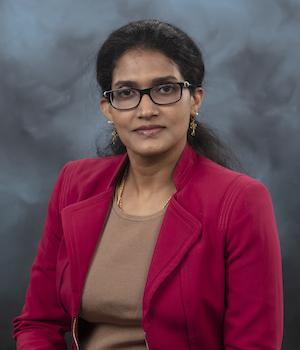
Examining the Economic and Environmental Impacts of COVID-19 Using Earth Observation Data
Using daily earth observation data, along with cell phone derived mobility data, we examined the economic and environmental impacts of lock-downs in the United States and found that reduction in mobility has two conflicting impacts: it contributed to improved air quality (reduction in emissions), but reduced economic activity that has subsequently reduced gross domestic product and increased poverty and unemployment rates. Such knowledge can be combined with unemployment and demographic data to develop policies and strategies for safe reopening of the economy while preserving our environment.
Christa Brelsford
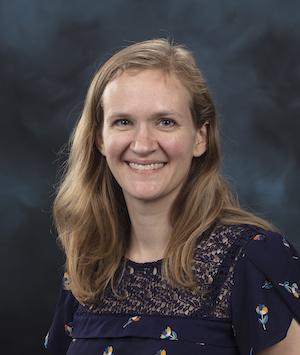
Multisector Dynamics: Urban System Interactions and Resilience
Urban areas and their inhabitants are vulnerable to accelerating and interacting stresses from climate change, population growth, resource scarcity and land use pressure while they are major drivers of global change. Emerging scientific approaches that integrate insight across multiple systems and sectors are needed to inform the complex tradeoffs faced by the world’s urban areas as they seek to increase resilience to changing stressors and balance multiple objectives such as human health, equitable economic development and environmental sustainability. We will discuss studies that advance this aim, either through examination of coupled human and environmental systems, evaluation of adaptation strategies, and/or collaborative research with public sector partners.
Media Contact
Sara S Shoemaker
shoemakerms@ornl.gov, 865.576.9219

